From 2021 to 2025, the national scientific task "Research on exploitation and development of genetic resources of Son La Sweet Squash and Sweet Squash in some northern mountainous provinces" (code NVQG-2021/DT.24), under the Program on conservation and sustainable use of genetic resources to 2025, with a vision to 2030, was chaired by the Vietnam Academy of Agricultural Sciences . The project has brought about many important results, contributing to the conservation of valuable genetic resources and promoting livelihoods for local people.
Formation of scientific data set on two local squash varieties
One of the outstanding achievements of the mission is to build a complete data set on the agricultural and biological characteristics of the two varieties of Son La Sweet and Sweet Pumpkin. This is an important foundation for future restoration and breeding work. Information on growth ability, disease resistance, morphological characteristics and fruit quality is collected and analyzed in detail, helping to determine the potential as well as limitations of each variety.
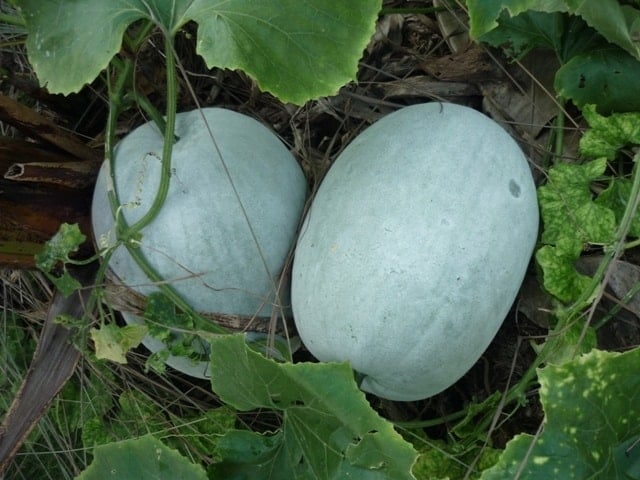
Conservation and development of genetic resources of Son La Sweet Squash and Fragrant Squash.
The report found that two native squash varieties are well adapted to the mountainous climate, but have been significantly affected by the use of degraded seeds over many generations. This requires a rigorous restoration process to restore valuable characteristics and improve the quality of the variety.
After the process of selection, evaluation, breeding and testing through many generations, the research team has successfully restored two varieties of Son La Sweet and Sweet Pumpkin, creating a source of super-original and original seeds of high quality. The original seeds of both varieties have been produced stably, while original seeds have also been multiplied, ready to supply for mass production. In addition, a complete variety description has been built to help standardize characteristics and support variety management. This is an important step forward, because quality seeds are always the key factor determining productivity and economic efficiency in cultivation. Not only stopping at restoring varieties, the task is also to build a technical process for cultivation and seed preservation suitable for the conditions of the Northern mountainous region, including techniques for soil preparation, planting, care, integrated pest control measures, as well as techniques for harvesting, preliminary processing and seed preservation. This process provides the foundation for improving productivity and maintaining seed quality in long-term production.
These processes help farmers improve their farming skills, change traditional production practices that lack consistency, thereby improving productivity and product quality.
Based on the two restored varieties and the completed cultivation and preservation technical process, the research team implemented a commercial production model with a scale of 10 hectares for each variety. Actual results in the model showed a clear improvement in efficiency compared to production with old varieties. For Son La sticky squash, productivity increased from 11.77 to 14.44%, leading to an increase in economic efficiency of 32.51-37.05%. Meanwhile, Son La fragrant squash recorded an even more impressive growth rate, with productivity increasing by 17.78-25.52% and economic efficiency increasing by 38.37-47.96%. These figures are convincing evidence for the value of restoring varieties and applying advanced technical processes in production.
These figures demonstrate the value of restoration work and the application of advanced techniques to production. With the sharp increase in profits, people in mountainous provinces have more motivation to change farming methods and professionalize squash production.
The mission is not only to create varieties and production models but also to actively contribute to the dissemination of knowledge and raise public awareness. Through technical training courses, process transfer activities and direct practical guidance in the fields, along with capacity building for district and commune agricultural officials, the project has helped people gradually approach modern agricultural production thinking. Thanks to that, farmers better understand the importance of quality varieties, know how to apply technical measures systematically and gradually increase their income from production.
With unique flavor characteristics and good adaptability, the two varieties of Son La Sweet Squash and Fragrant Squash have the potential to become "agricultural bright spots" if continued investment in research and associated with value chain development is made.
Affirming the urgency of conserving indigenous genetic resources
In the context of climate change, genetic resource depletion and the need for sustainable agricultural economic development, the conservation and rational exploitation of local genetic resources is an important task. Research on two squash varieties in Son La is a typical example showing that when science is deployed in the right direction, indigenous plant varieties can become a driving force to improve the lives of disadvantaged areas.

Son La squash and fragrant squash have the opportunity to become key agricultural products of many localities.
The NVQG-2021/DT.24 mission demonstrates the effective collaboration between scientists, management agencies and people. In particular, research products - from varieties, processes to production models - are all capable of immediate application, bringing about clear results.
After four years of implementation, the mission has completed all of its objectives: restoring two valuable squash varieties, developing technical processes, implementing production models and bringing about clear economic efficiency. More importantly, the mission laid a solid scientific foundation for the conservation and sustainable exploitation of agricultural genetic resources in the Northern mountainous region.
With the results achieved, Son La's Sweet and Squash have the opportunity to become key agricultural products of many localities, contributing to the development of a green, sustainable economy and improving the quality of life for people in the highlands. Continuing to invest in research, producing quality seeds, building consumption links and expanding commercial models will be the key for these two squash varieties to maximize their value in the future.
Source: https://mst.gov.vn/khai-thac-va-phat-trien-nguon-gen-bi-nep-va-bi-thom-son-la-197251120012716779.htm








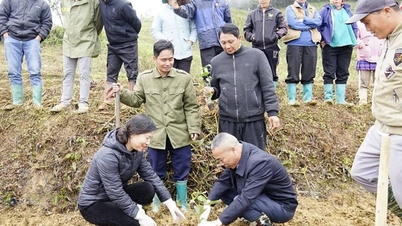












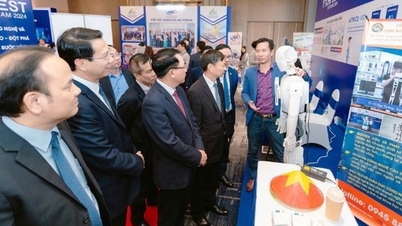



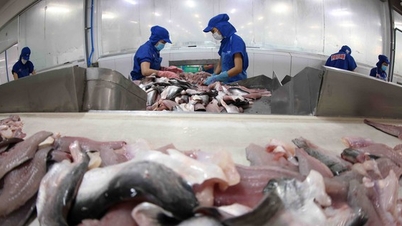







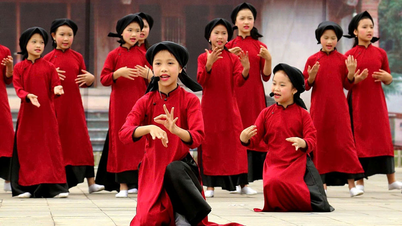




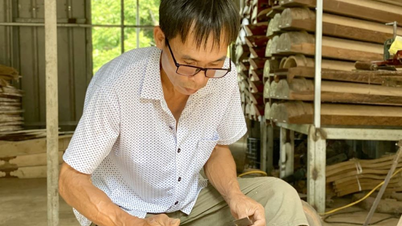



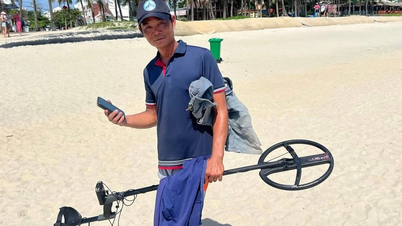



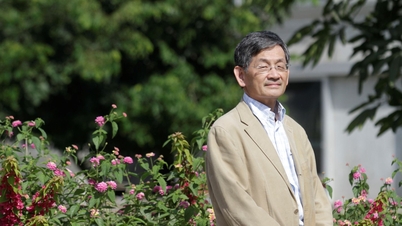















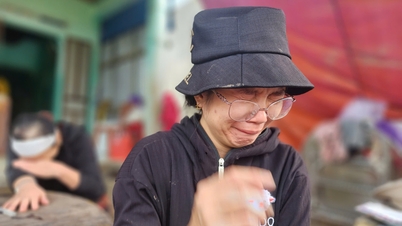

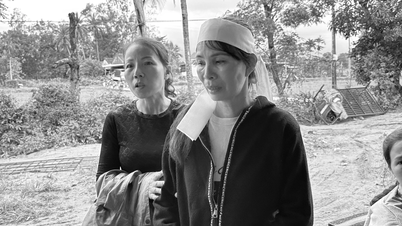





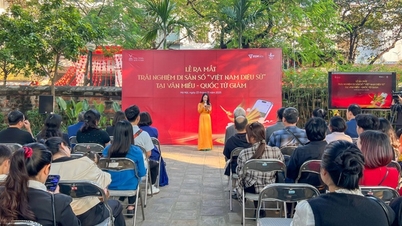

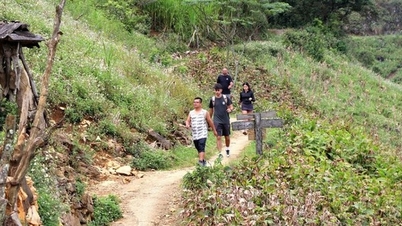
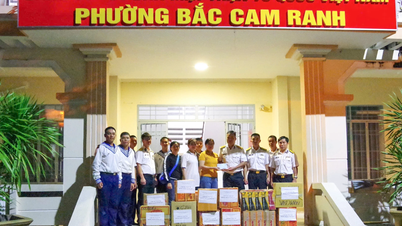

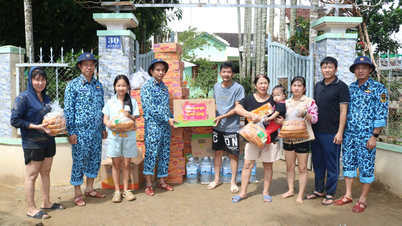
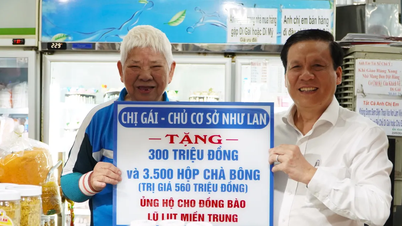


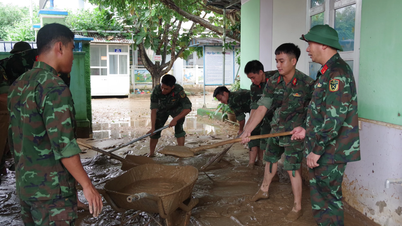













Comment (0)